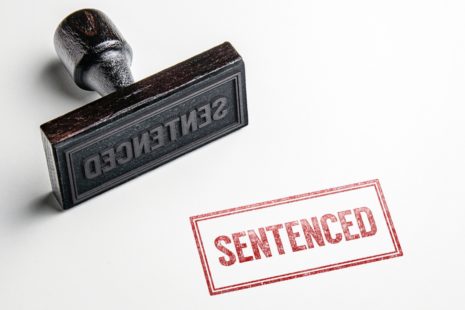Removing yourself as a cosigner on a house typically involves one of the following options…
1. Refinancing the Mortgage – One common way to remove yourself as a cosigner on a house is for the primary borrower to refinance the mortgage in their name only. This involves applying for a new mortgage in their name alone and using the funds to pay off the existing mortgage, effectively removing your obligation as a co-signer.
2. Selling the Property – Another option is for the primary borrower to sell the property. Once the property is sold and the mortgage is paid off, your obligation as a cosigner would typically end.
3. Negotiating with the Lender – In some cases, lenders may be willing to release a cosigner from their obligation if the primary borrower can demonstrate sufficient creditworthiness to qualify for the loan on their own. This may involve providing evidence of stable income, a good credit history, and other financial factors.
4. Requesting a Release of Cosigner – Some lenders may offer a cosigner release program, allowing cosigners to be released from their obligation after a certain period or after specific conditions are met. You can inquire with the lender about whether such a program is available and what the requirements are.
5. Legal Action – If none of the above options are feasible, you may explore legal options such as seeking a court order to remove yourself as a cosigner. This can be a complex and potentially costly process, so it’s advisable to consult with a legal professional before pursuing this route.
It’s crucial to carefully consider the implications of removing yourself as a cosigner on a house, as it can affect your credit and financial standing. Also, you should communicate openly with the primary borrower and work together to find the best solution for both parties.




